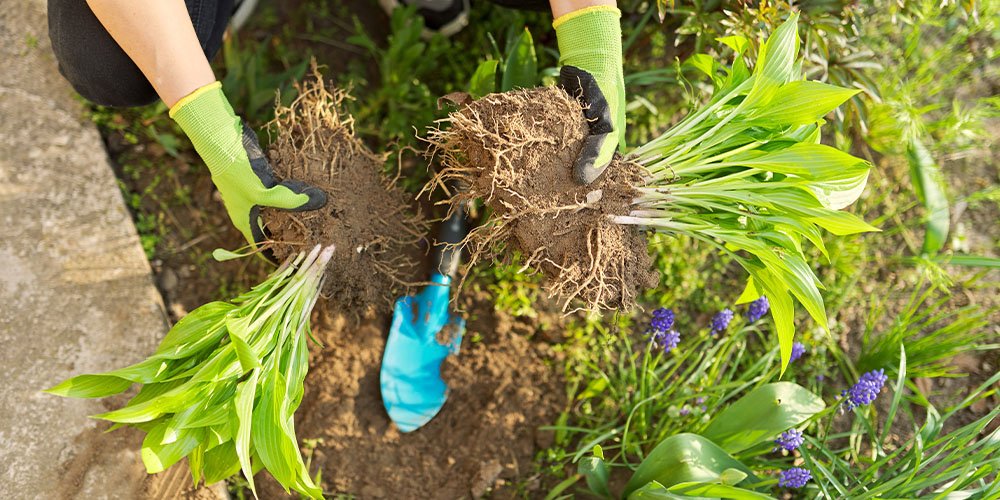🌱 Garden Magic: How to Propagate New Jersey Native Plants 🌱
There’s something undeniably magical about turning one plant into many. That magic? It’s called propagation—a simple, empowering way to multiply your favorite plants, share them with friends, or expand your garden without spending a dime.
Whether you're dividing your favorite bee balm or collecting seeds from a coneflower, propagation helps you build a more resilient, beautiful, and eco-friendly garden.
🌿 What Is Propagation?
Propagation is the process of creating new plants from existing ones. It can be as easy as sticking a stem in water or dividing a clump of roots. The goal is to reproduce plants by mimicking the way they naturally spread—whether through seeds, shoots, or stems.
There are two main types:
Sexual Propagation (by seed): Combines genetic material from two parent plants. Great for biodiversity, but you may get some variation in the offspring.
Asexual Propagation (cuttings, division, etc.): Makes exact clones of the parent plant. Perfect if you want more of a specific cultivar or form.
🧤 How to Propagate Native Plants
Here are a few beginner-friendly methods:
✂️ 1. Stem Cuttings
Take a 4–6" cutting from a healthy plant (non-flowering stems work best), strip the lower leaves, and place it in moist soil or water until roots form.
Best for: Mountain mint (Pycnanthemum), Blue mistflower (Conoclinium coelestinum), Swamp milkweed (Asclepias incarnata)
🌱 2. Division
Dig up a mature clump-forming plant, gently separate the root ball into sections, and replant each division.
Best for: Beebalm (Monarda), Goldenrod (Solidago), Wild bergamot (Monarda fistulosa)
🍂 3. Seed Collection
Collect ripe seeds in fall, dry them, and store in a cool place—or sow directly if they need a winter chill (cold stratification).
Best for: Purple coneflower (Echinacea purpurea), Black-eyed Susan (Rudbeckia hirta), New England aster (Symphyotrichum novae-angliae)
✨ Why Propagate?
• Save money
• Support local pollinators
• Share native plants with friends and neighbors
• Restore habitat, one cutting at a time
There’s something deeply satisfying about watching a piece of your garden take root and grow into a new life. Plus, every propagated native plant supports local wildlife, from bees to butterflies to birds.
So go ahead—snip, sow, and divide. Your garden (and the planet) will thank you.




